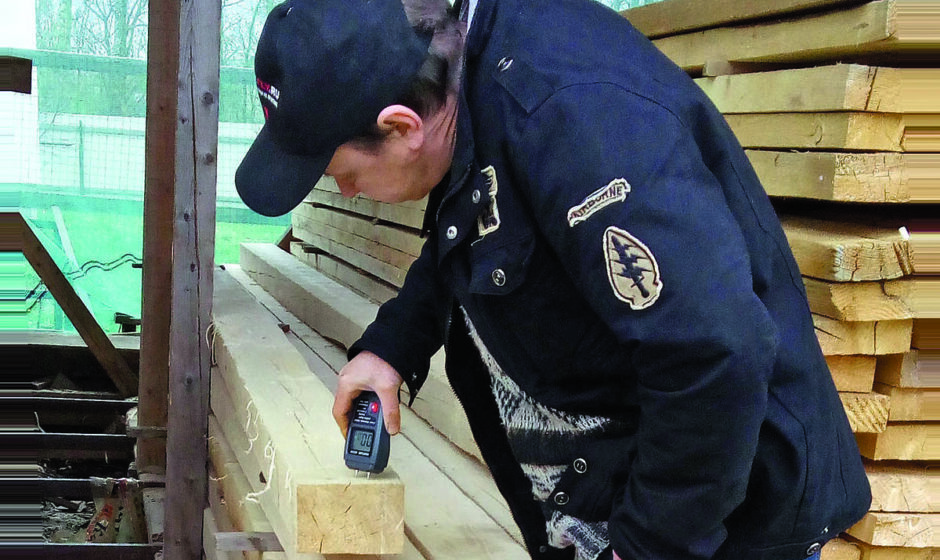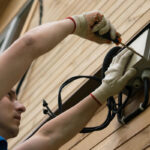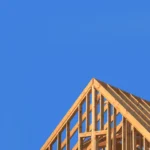An experienced carpenter or carpenter evaluates a dry board by sound, simply by knocking on it. However, it is not always possible to take such an expert with you to the market. This is where an electronic moisture meter comes in handy.
Features of the device
No one will slip you a product that is bad if you have such a device in your hands. As soon as I arrived at the market, took out a moisture meter, and began taking measurements of the moisture content of materials, the sellers became nervous.
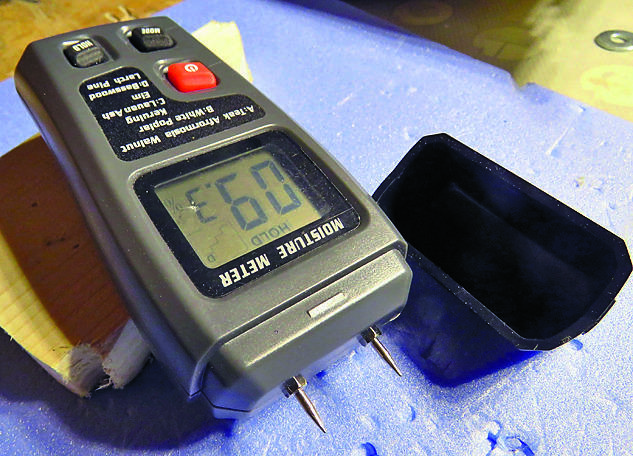
The main working element of the device is a pair of thick needle probes. The sharp probes are covered with a cap. When closed, the device easily fits into the breast pocket of a shirt. The length of the probe is 10 mm, and the distance between them is 23 mm. They are sharp and easily stick to a board or other object being measured.
On the front, there is a display that displays measurement results, the selected mode, and battery status. Below is a table of modes with their corresponding wood species. Below there are three function keys:
Power button – on/off
Mode button – select modes A, B, C, D
Hold button – fixing readings on the display
The battery for the moisture meter must be purchased separately. The device operates from a 9-volt “Krona” type element.
Specifications:
Humidity measurement range: 0–99.9% Accuracy: 0.1%Accuracy: ± 0.5% Contact needle length: 10 mm Number of measurement modes: 4Operating temperature range: 0–40 °CAutomatic shutdown: after 10 minutes Power: 9 V
Measuring humidity
Turn on the device and set the measurement mode. In my case, mode D was set – coniferous species (pine or spruce). We stick the probes into the piece of wood to a depth of about 3 mm. The percentage humidity value appears on the screen. It varies slightly depending on the depth of the probes.
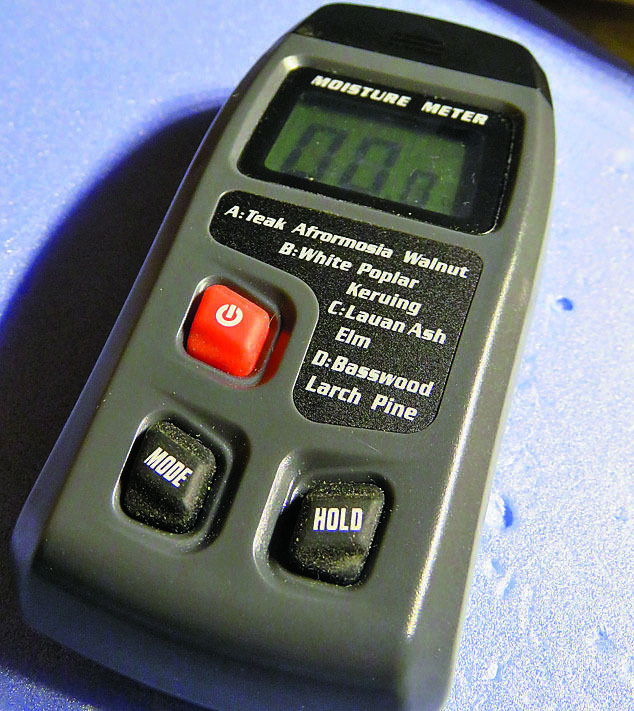
Hold the button, the readings are recorded. Now we know how raw the wood is. It is generally considered that the normal moisture content for construction wood is 11–12%. Finding boards with lower humidity in construction markets is unrealistic.
I measured the moisture content of materials at a nearby market. Timber – 12-13%, floorboard in plastic packaging – about 12%, unedged board that was lying nearby – 17-18%.
It is very difficult to assess the accuracy of measurements. It is clear that the device measures resistance, but how much it characterizes humidity is difficult to say. With a general approach, the obtained measurement results are logical. The humidity of the new firewood turned out to be more than 30%, planed boards that had been on the second floor for more than 3 years were 9%, and the clapboard that lined the second floor of the dacha 20 years ago was 11%.
In a good way, measuring on the surface of the board does not give the full picture. To get more objective information, you need to make a cut in the middle and measure the humidity inside the board (cut moisture). The humidity on the surface can be very different from that inside the timber.

